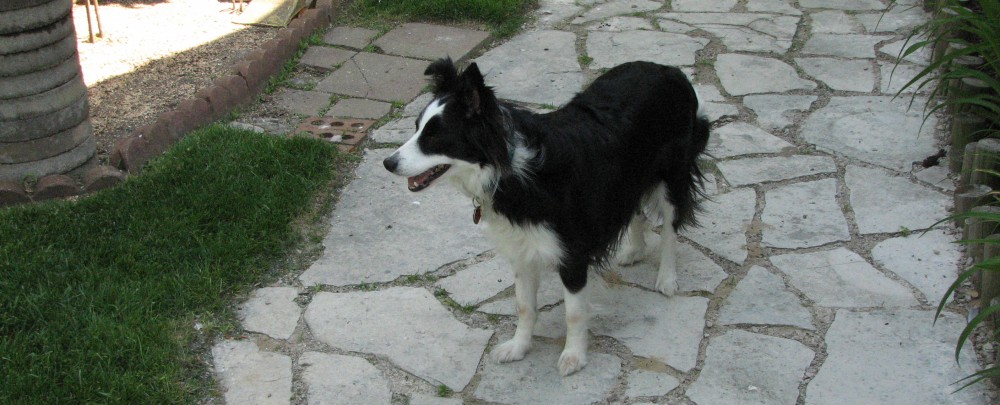Here’s an example of how the confusion machine works, version Roger Pielke Jr 1.0.
About a week ago, Pielke put up on his blog a piece in which he placed cover images from a Newsweek story in 1996 and a Bloomberg BusinessWeek story last week, side by side and then typed a few lines casting aspersions on the ability to attribute extreme weather events to ongoing climate change. No explanations, just the image and the aspersion. Typical Pielke Jr. Climate scientists have taken apart many of his arguments at RealClimate and elsewhere over time.
Along comes innocent old ecologist Jeremy Fox at the blog Dynamic Ecology, and he links to the piece for some reason, even apparently agreeing with Pielke’s point that the attribution of extreme events to climatic change will not change public opinion on the issue. I responded immediately, giving some background on Pielke and asking whether Jeremy knew who he was. [He did not know; you can read the exchange that followed.]
Jeremy states that the link was intended to provide some “provocative” entertainment. OK whatever, it’s his blog, he can do what he wants. The point here is that people like Pielke can get otherwise very thoughtful people like Jeremy to spread the Pielke message, simply by continuing to present biased, misleading or outright false information at his website, and then counting on the internet to eventually bring some traffic. And if you didn’t know anything about Pielke and his history of misleading stories, talking out of both sides of his mouth, slandering climate scientists, not understanding basic statistical concepts, not understanding how extreme events should be measured, backtracking and throwing out red herrings, and generally just consistently spreading confusion and wrong information in a variety of ways–then you’re not going to understand just what he’s up to in the larger sense by reading that short blog entry.
Which is why I immediately stepped in and alerted everyone there to Pielke’s background and provided a link to this classic RealClimate piece by Stefan Rahmstorf explaining his 2011 PNAS article (with Dim Coumou), regarding the probability of extreme events and their detection, to help provide some background on Pielke’s tactics and history. You can use the links in that piece and its comments to go see how Pielke mangled the statistical understanding of that issue, slandering Rahmstorf and Coumou in the process due to his profound ignorance on the issues and willingness to fire from the hip without just cause.
P.S. A couple of my comments to Dynamic Ecology were deleted after Pielke posted there. These are copied below, only to show that nothing I said in either was outrageous.
(1) It has nothing to do with liking or hating you Roger. Strictly a matter of your continual practices of misrepresenting the reality of climate change and its causes and effects, while making slanderous accusations of those who really do understand it.
(2) I’m sorry but I’m not interested in “entertainingly provocative” links. That’s Roger’s game. I’m interested in the whether, and how, rare events can be attributed to physical causes. It’s an extremely important issue, and indeed it’s the (now well documented) increase in extreme events over the last decade that are what are likely to turn the tide of public and political opinion needed to cause action on reducing carbon dioxide emissions. So, not a good choice of site from which to obtain “entertainment”.

Specific examples of misrepresentation, etc. by Pielke? It seems to me that most people in the field looked until they found a way to express hurricane intensity that had increased (a little) in the last 30 years and ignored all sorts of other measures that had not increased. Pielke’s perspective is needed.
If anyone’s spreading confusion, it’s Trenberth et al.
Please, no un-defended assertions, thanks.